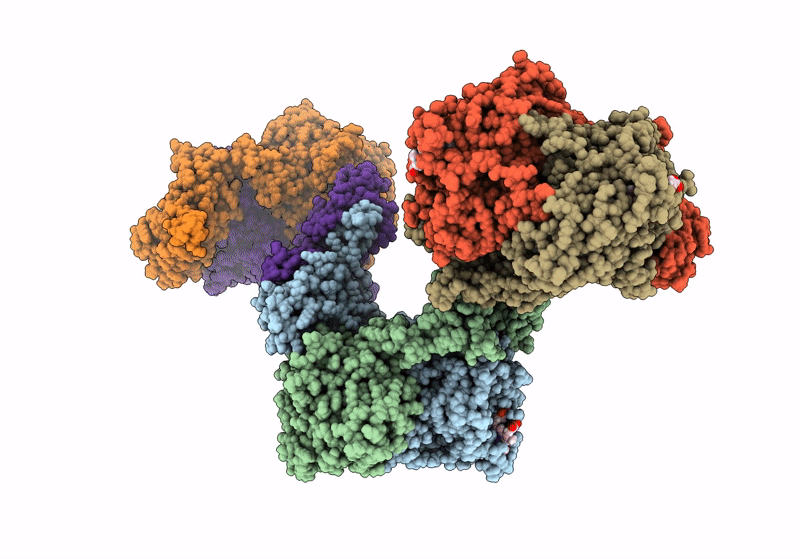
Deposition Date
2024-02-23
Release Date
2024-04-17
Last Version Date
2025-10-15
Entry Detail
PDB ID:
8S5I
Keywords:
Title:
Full-length human cystathionine beta-synthase with C-terminal 6xHis-tag, basal state, single particle reconstruction
Biological Source:
Source Organism:
Homo sapiens (Taxon ID: 9606)
Host Organism:
Method Details:
Experimental Method:
Resolution:
3.10 Å
Aggregation State:
FILAMENT
Reconstruction Method:
SINGLE PARTICLE


